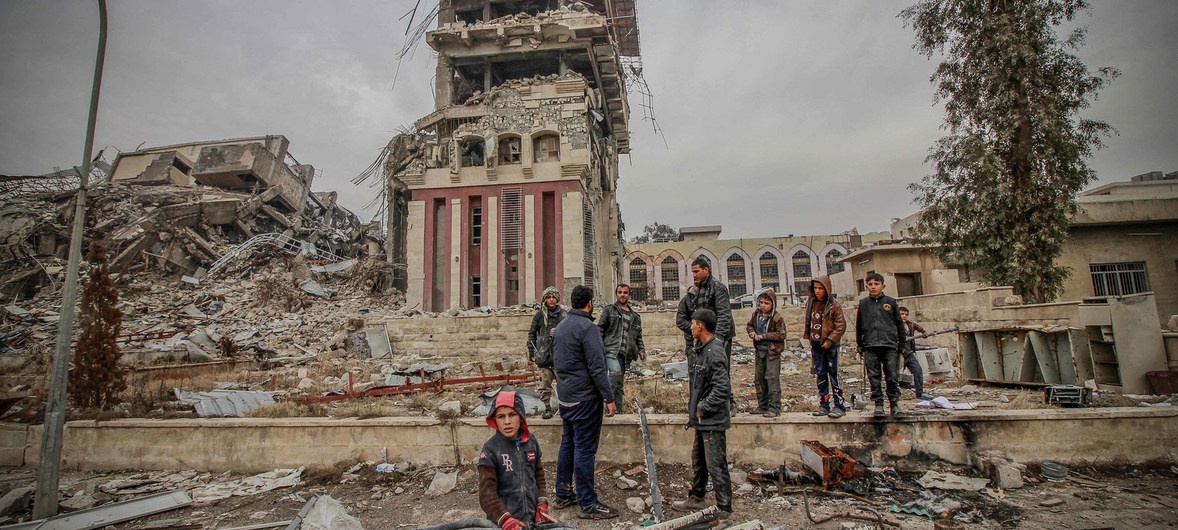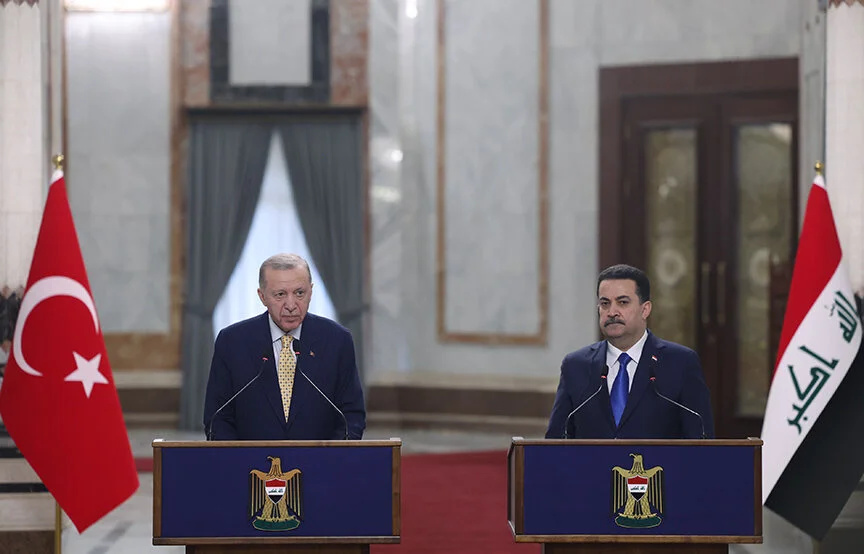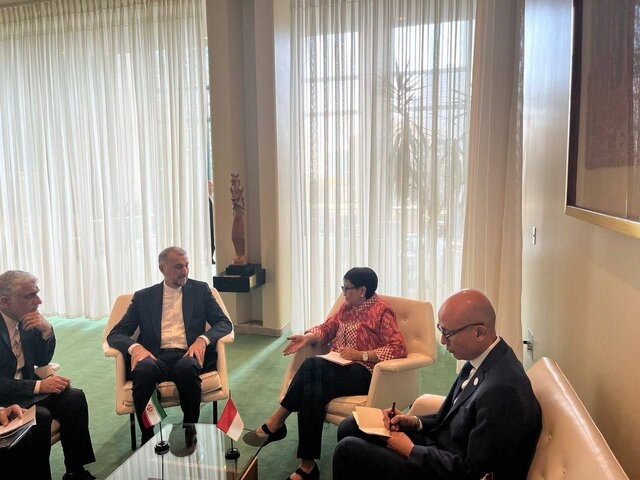Violent extremism (VE) in Iraq remains a major threat, not limited to any specific ethnic or sectarian group or region. Over the past years, with the support of the international actors, the Iraqi government has recovered a reasonable degree of military capacity to combat terrorism. However, four years since the military defeat of the so-called Islamic State (IS) and the liberation of Mosul, no major progress has been made in addressing the structural causes of VE in the country.
Unemployment rates are high in Iraq and increasing. Nation-wide estimates indicate that over a third of Iraqi youth are currently not in employment or education. Weaknesses in the rule of law and accountability mechanisms are important factors leading to youth polarization and extremism. Trust and confidence in the security institutions, political authorities and the ruling elite remains low; and access to quality public services, including education, especially in “liberated” areas from the IS, remain inadequate. The militarization of society by armed non-state actors, specifically in the disputed territories of Kirkuk and Nineveh provinces, represents a major challenge to the achievement of peace and social cohesion across Iraq. Above all, the stigma of IS continues to haunt significant sections of the population: families of members with real or perceived ties to the IS are still unable to reintegrate into society.
A major challenge for the successive post-2003 Iraqi governments has been their failure to develop a national policy that clearly defines VE, its drivers, and ways to prevent and counter it. Since the rise of IS in 2014, Iraqi leaders have publicly and privately emphasized the need to tackle the root causes of VE and have asked for international assistance. This led to unprecedented convergence of international, national, and regional military and intelligence efforts that brought about the military defeat of IS.
Fortunately, since the declaration of IS defeat in 2017, the Iraqi government seemingly acknowledged the vagueness of its countering violent extremism (CVE) policies, while recognizing the importance of soft and human security approach and countering the narratives of extremist groups. With the support of international actors, the Iraqi Government’s National Security Council has developed a “Strategy to Combat Violent Extremism Conducive to Terrorism”. However, the “strategy” is yet to materialize fully on the ground.
Iraq’s CVE strategy document suffers four major gaps and shortcomings:
First, the strategy does not clearly define the root causes of VE and push factors, such as corruption, sectarian politics, proliferation of armed non-state groups, and, importantly, interference of neighbouring countries as reasons for VE in the country. The document does not address the direct threat posed by armed non-state actors to reconciliation and reconstruction processes in the country.
Second, the role that context plays in CVE is not highlighted in this document. While VE is a national problem, its drivers and manifestations are linked to different contextual realities. For example, violence and extremism in the context of Mosul, where the IS declared it as their de facto capital, is different from the southern provinces. In Mosul, for example, the IS relied on marginalized communities who saw an alternative to the post-2003 political order. Similarly, the structural context of the Kurdistan Region with regards to extremism is different from the rest of Iraq. The main concern in the former is not countering the immediate threat of terrorism, but preventing VE in the long term. Each region has different conditions and priorities, hence, requires different strategies.
Third, our fieldwork, especially in Nineveh Province, has shown that local authorities, civil society actors and researchers were unaware of even the existence of such a document. The document has not been widely shared and not accessible online. This is in contrast to other regional countries, such as Lebanon, where researchers and civil society actors have had an opportunity to discuss and monitor Beirut’s strategy. The Iraqi government failed to engage local actors during the development and dissemination of the document, hence the lack of shared wider ownership. Also, the Strategy has not been translated into Kurdish and other local languages.
Fourth, the Strategy consists of generic objectives and over-all plans only, and was not followed up with translation into a process, raising questions about the actual implementation. Overwhelmed by a series of never-ending crises, including financial debts, protest movements, US-Iranian rivalry on Iraqi territory, political instability, and, more recently, the Covid-19 pandemic, Baghdad’s priorities have consequently shifted away from implementing the Strategy.
In conclusion, developing sub-national or regional strategies to counter and prevent VE will require more realistic and inclusive CVE objectives and plans. These will make all local and national stakeholders share the ownership of the process. This process, therefore, should not be viewed as “ticking the boxes”. Instead, Iraq’s various regions need realistic and contextually-tailored and targeted interventions with clear plans for implementation on the ground.
MERI
Reporter's code: 50101







Your Comment